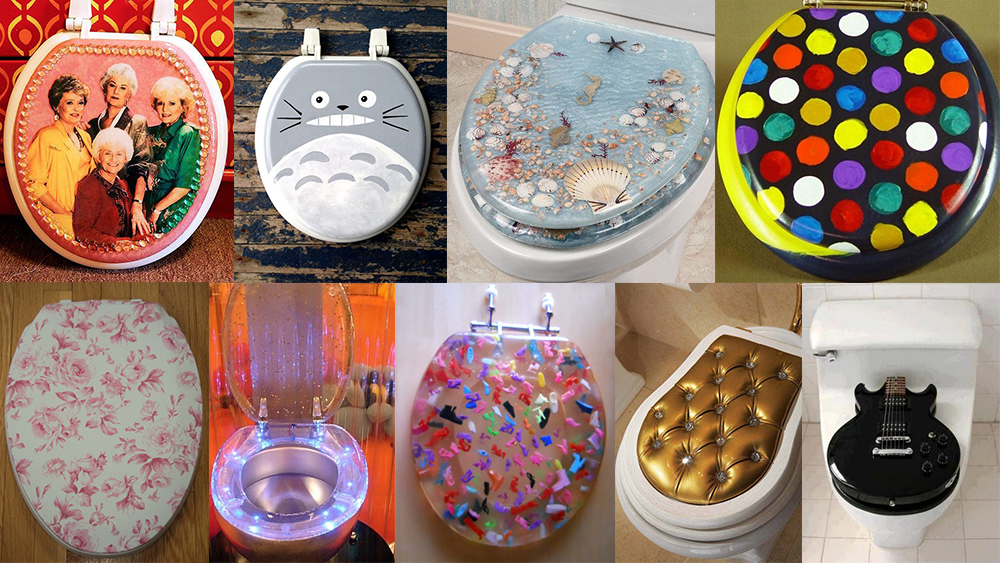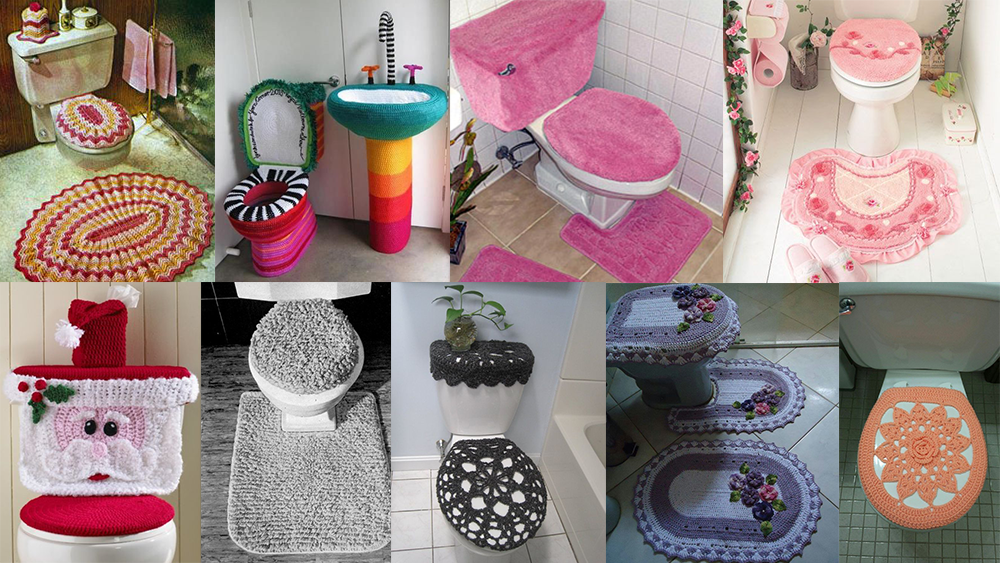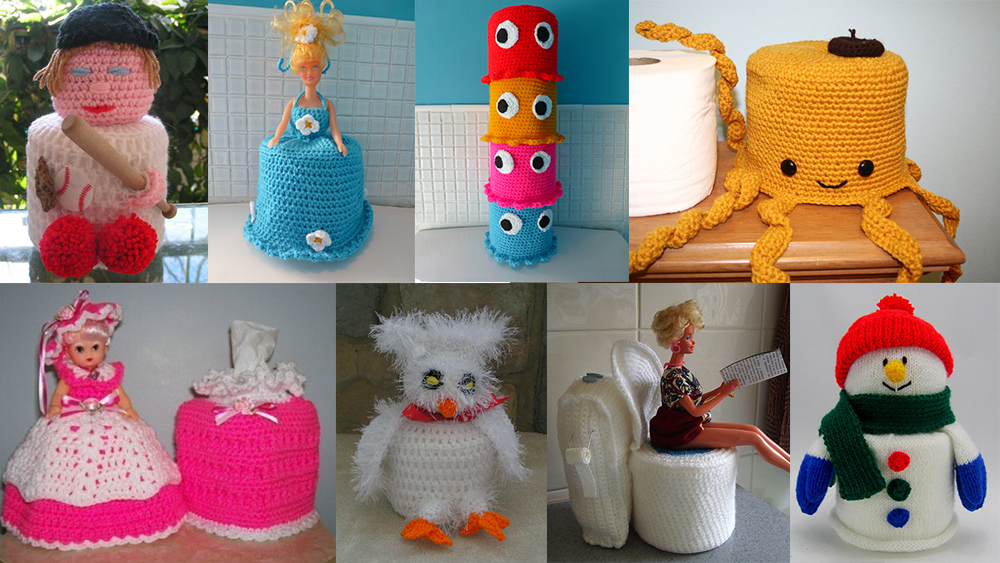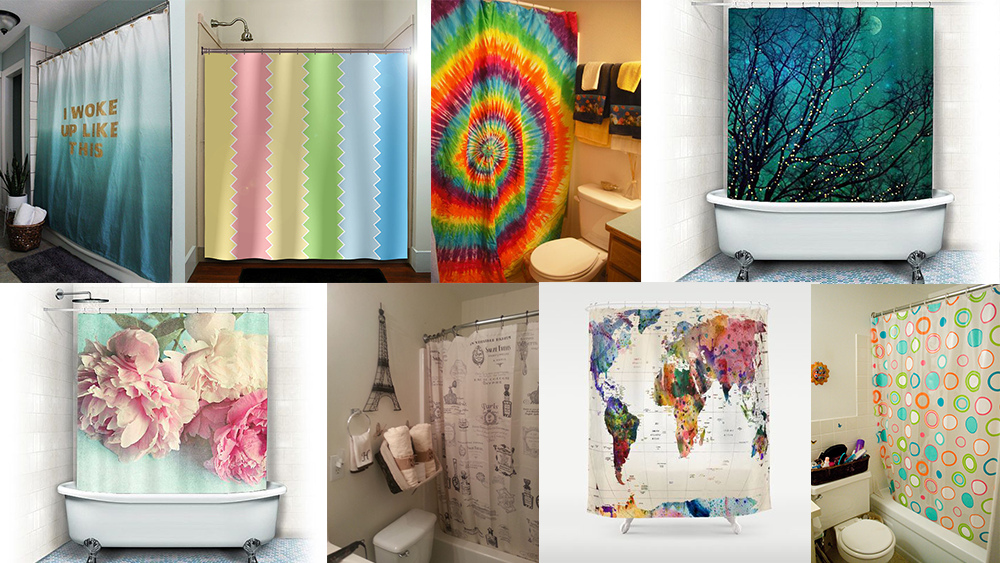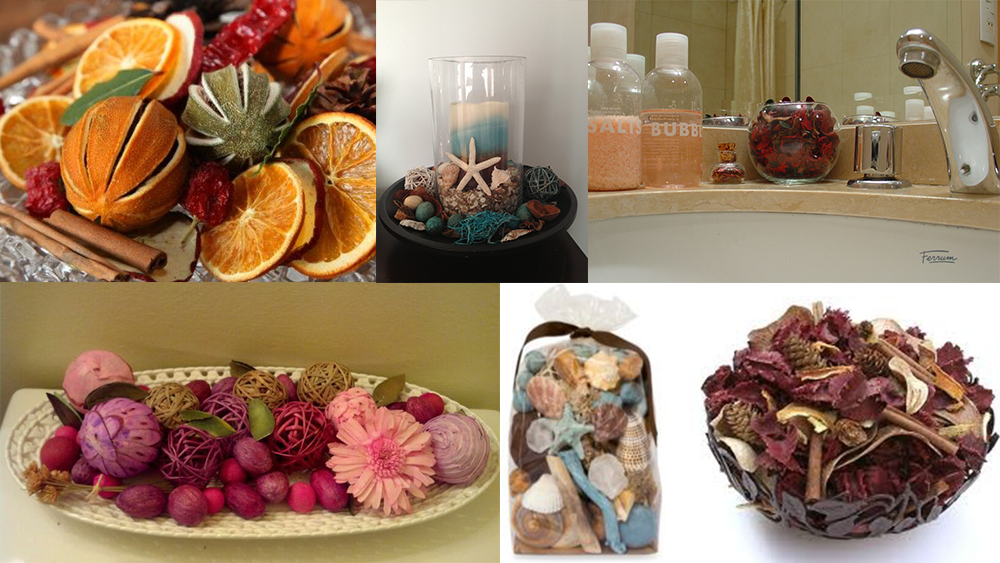Blog

USING THE TOILET IN THE UK – A GUIDE FOR INTERNATIONAL STUDENTS
15-07-2016
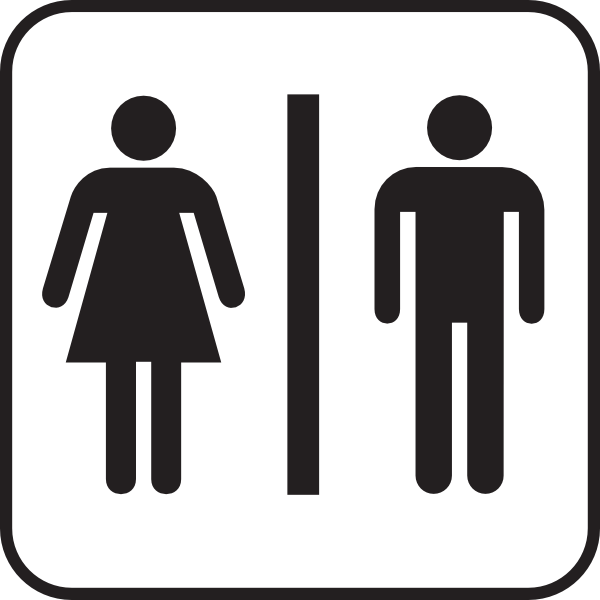
In the UK, there are many words which refer to the toilet. ‘Loo’, ‘bathroom’ and ‘restroom’ are some of the most commonly used ones. Another word you may hear is ‘lavatory’ but this is quite an old fashioned word.
If you are in a public place you may notice ‘Ladies’ and ‘Gents’ or ‘Male’ and ‘Female’ on the door to distinguish between toilets which are reserved for females and those reserved for males. There are very few communal sex toilets in the UK.
If you need to use the toilet when you’re in company, politely excuse yourself or slip away quietly. Remember, you must always flush the toilet and leave it clean.
You may find using the toilet in the UK is a different experience from doing so at home. Below are some more hints on tips on using toilets in the UK and making sure that you are polite and considerate.
WEIRD THINGS THAT YOU MIGHT FIND IN BATHROOMS IN THE UK
You may see some strange objects in toilets around the UK, particularly in people’s homes. Some of the items are useful and others are for decoration.
Funky toilet seats: In some homes you may see some unusual toilet seats. These are just for fun and should be used as normal.
Toilet seat covers: You may come across a toilet seat with a fabric cover on it. These are just for decoration and you can use the toilet as normal. Be especially careful when using the toilet as you can’t wipe the cover as you can an uncovered toilet seat – it gets washed in the washing machine.
Toilet mats: These are fabric mats which are designed to fit around the base of the toilet. They are to keep the floor around the toilet clean and were traditionally used to keep your feet warm, as central heating was not always a feature in homes.
Toilet brush: Toilet brushes are used to clean the toilet after it has been used. They have long handles so that you do not need to put your hands in the toilet whilst you are cleaning it, and it has a bristle head so that you can scrub the toilet to make sure it is really clean. You should always flush the toilet before and after using a toilet brush to keep everything as clean as possible. There should be no waste on the toilet brush when you put it back in the holder. Make sure that you wash your hands (see above) after using a toilet brush.
Knitted loo roll covers: These are decorative items which people make to cover unsightly toilet rolls. Usually these are hand knitted. Traditionally, knitted loo roll covers were always dolls but you may see some more unusual ones. If you need to use the toilet roll and it is under a cover, remove the cover and take what you need before replacing the cover.
Shower curtains: Shower curtains are hung above the bath on a railing or curtain rod. Its purpose is to provide privacy and to prevent water from flooding or spraying outside the shower area. If you are showering, make sure that the curtain is pulled around the bath area and tucked into the bath. This will ensure that the floor is kept as dry as possible.
Potpourri: Potpourri is a mixture of dried plant leaves and bark. It is highly fragranced and is left in bowls in bathrooms to keep the room smelling nice and fresh. It is not edible, do not try to eat it.
NO LOCK ON THE BATHROOM DOOR?
You will find that the toilets in your school and other public places will all have locks on the door. Your homestay’s toilet will also have a lock on the door because it is a Study Links requirement for them to do so. However, not all British homes have locks on the bathroom door so do not be surprised if you go to a friend’s house and they do not have one. To avoid an embarrassing situation, if you are using a bathroom which does not have a lock on the door, make sure you close the door fully. Likewise, before you enter a bathroom it is polite to knock on the door and ask if anybody is in the room.
SQUATTING VS. SITTING
In your home country you may squat to use the toilet. You mustn’t squat on a toilet in the UK because the toilets are designed for sitting. Though you might think it’s more hygienic and/or healthier, the toilets are not designed for squatting so you risk breaking them. You must always sit on the toilet when you use it. If you prefer not to make contact with the toilet seat, you can ‘hover’!
WATER VS. TOILET PAPER
In the UK, most people use toilet paper to wipe themselves after they use the toilet.
If you use toilet paper, only use what is necessary to clean yourself. Do not take reams and reams of toilet paper because it is wasteful and it can block the toilet (see below).
Always flush used toilet paper down the toilet, do not put it in the bin. In some countries, you cannot flush toilet paper because the drains are narrow and therefore block easily. The drains in the UK are quite wide and will not get blocked by toilet paper unless you flush too much of it.
Do not flush anything else down the toilet (such as paper towels, tissues for blowing your nose, wet wipes, sanitary products, cotton wool pads, hair), as this is bad for the environment, and will likely cause expensive blockages.
If you use wet wipes, dispose of them in the bin. Do not flush wet wipes down the toilet, even if the packet says ‘flushable’.
If you prefer to use water to clean yourself, some homes in the UK will have a bidet which you can use to clean yourself with water. It looks like a short toilet but you mustn’t use it as a toilet. To use a bidet, stand over it with your legs slightly bent and turn on a stream of water. (NB. In the UK we often have separate hot and cold water taps, so be careful not to burn or freeze yourself!) Lower yourself towards the water which is directed slightly upwards will clean you. Make sure you have your own personal towel to dry yourself after using a bidet. Although the water is clean, we do not advise you to use it as a water fountain!
Not all homes in the UK have bidets because these are a fashion item. If one isn’t available, we recommend having your own jug or bottle of water to use over the toilet. If you would rather use water than toilet paper you must ensure that you have sufficient equipment to be able to clean yourself over the toilet. Make sure you have your own towel so that you can dry yourself and make as little mess as possible. If you get water on the toilet and floor, you must clean it up afterwards. You can use toilet paper to do this and flush it down the toilet afterwards. In the past, students have used their homestay’s bath or shower to clean themselves. Please do not do this as your homestay family will think it unhygienic.
BINS
If there is a bin in the bathroom, you can use the bin for used cotton wool pads or buds, wrappers and other rubbish. You must NOT use the bin for used toilet paper. Toilet paper must always be flushed away.
WOMEN
In public toilets you will find sanitary waste bins to dispose of used female sanitary items. If they are available, you should always use these bins. If they are not available (for example at your homestay) you should discreetly wrap used items up as best as possible and place them in the bin. You can buy perfumed bags to dispose of used items, or use a wrapper or small amount of toilet paper. Do not flush them down the toilet as the toilet may become blocked (see below).
MEN
Unlike in public toilets, toilets in UK homes do not have urinals. Men must use the toilet that is designed for sitting on. If you prefer to stand whilst urinating, you must lift the entire seat (lid and seat) beforehand. You must aim for the centre of the bowl. If you miss, you must wipe up any spills on the floor, toilet seat and toilet bowl. You can use toilet paper to do this and flush it down the toilet afterwards. If you have lifted the toilet seat, you must replace the seat so that the seat is down after you have used the toilet.
BLOCKED TOILETS
If you use the toilet and it becomes blocked, you mustn’t try to clear the blockage by repeatedly flushing it or covering it up with more toilet paper as this can make the problem worse. For example, you could create a very serious blockage which affects neighbours as well, and/or the toilet may overflow and flood the bathroom!
You must tell somebody if you block the toilet. Do not feel embarrassed or ashamed; sometimes these things happen. If you tell somebody early enough they will probably be able to sort it out themselves. If it gets worse, it can become an expensive problem as they may need to ring a specialist plumber.
CLEAN THE TOILET
If there is a smell after you have used the toilet, you should open the window to let some air in, unless it is raining or very cold. You may also find an air freshener which you can spray.
If you make the toilet dirty, you must clean it yourself. In most bathrooms you will find a ‘toilet brush’ which you can use to clean it (see above).
PUT THE TOILET SEAT DOWN
Always put the toilet seat down after you have used and cleaned the toilet, so that the toilet is presentable for the next person who uses it.
WASH YOUR HANDS
You must always wash your hands after you have been to the toilet. Viruses and infections can be passed between people who do not wash their hands.
Soap comes in two forms in the UK – bars and liquid. Bars of soap are solid. To use one, rub it between your hands a few times until it lathers and then place the soap bar back in the soap dish. Liquid soap is much more common. It will come in a soap dispenser. Hold one hand under the dispenser and use the other to push the top down, a sufficient amount to wash your hands will be dispensed.
How to wash your hands (duration of procedure -at least 15 seconds):
1. Wet hands with water
2. Apply enough soap to cover all hand surfaces
3. Rub hands palm to palm
4. Right palm over the other hand with interlaced fingers and vice versa
5. Palm to palm with fingers interlaced
6. Backs of fingers to opposing palms with fingers interlocked
7. Rotational rubbing of left thumb clasped in right palm and vice versa
8. Rotational rubbing, backwards and forwards with clasped fingers of right hand in left palm and vice versa
9. Rinse hands with water
10. Dry thoroughly with towel
These hand washing instructions have been written by the NHS ‘Wash your hands campaign’. You can view a video with instructions on how to wash your hands here.
